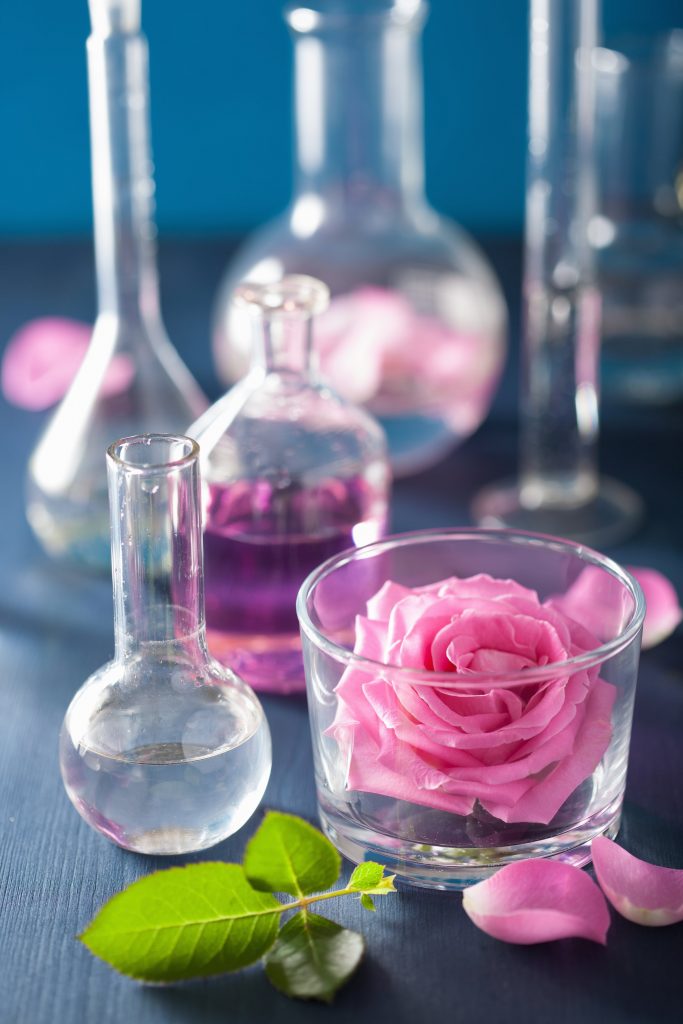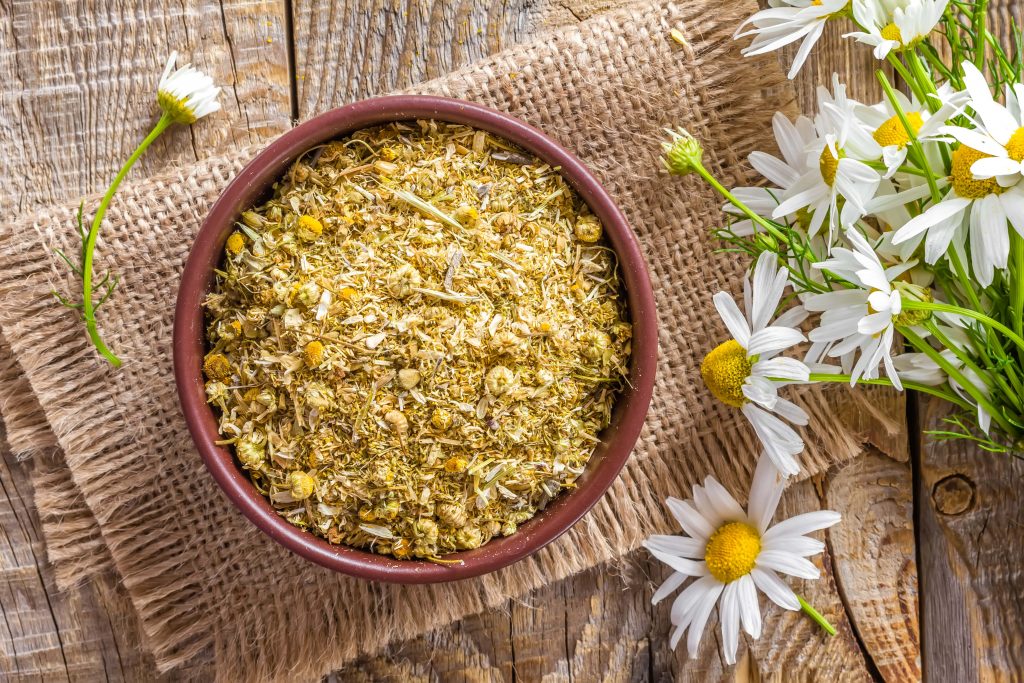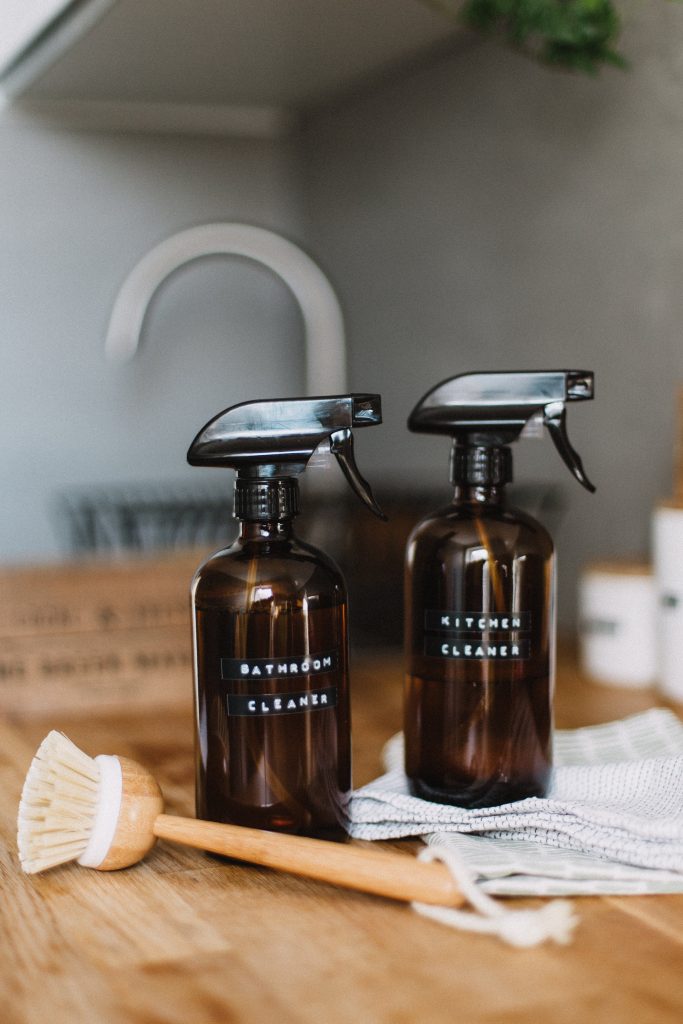Essential Oils: A Quick Overview
First, we must start at the beginning.
History of Essential Oils
“Nature is the best medicine” may sound like an old cliché but in today’s world it’s more relevant than ever. Essential oils are some of the oldest natural healing substances known to mankind. In fact, their use is steeped in rich tradition over millennia and they are credited for treating disease and halting the spread of infection, among others.
On top of that, they assist in tonifying the skin for anti-aging purposes, and most importantly elevate spirituality via the uplifting properties. A common method to support the above properties is to use them in natural perfumes and cosmetics.
According the Merriam-Webster dictionary essential oils are defined as “a class of volatile oils that give plants their characteristic odors and are used especially in perfumes and flavorings, and for aromatherapy.”
Most essential oils are extracted by low pressure steam or water distillation, although other methods such as solvent, CO2 critical extraction and enfleurage are sometimes used.

The earliest recorded use of essential oils is difficult to pinpoint but evidence suggests the ancient Egyptians were using aromatic botanical essences around 4500 B.C. for medicinal purposes, skincare, spiritual practices and many other aspects of daily life.
Around the same time Ayurvedic medicine was becoming widespread in India. Ayurveda, which stands for ayuh (meaning “longevity”) and veda (meaning “sacred knowledge”), was centered around using essential oils in aromatic massage for promoting a longer life span and vitality.
Thousands of years later Hippocrates, the father of modern medicine, declared: “the way to health is to have an aromatic bath and scented massage every day.”
Fast forward a couple thousand years and the contemporary use of the word “aromatherapy” find its root with René-Maurice Gattefossé, a French cosmetic chemist who discovered the healing properties of Lavender after suffering severe burns in a lab accident. He immersed his hands in Lavender essential oil instead of water and was astounded by how quickly he healed. This personal experience caused him to investigate the medicinal use of essential oil properties by treating injured soldiers during World War I.
Based on his findings he coined the term “aromathérapie” – treating disease or injury by using the biochemical properties of aromatic plant essences.
Science of Essential Oils
To understand whether essential oils really work, we must first understand the science behind it. When choosing essentials oils for cough, upset stomach or some other health condition you want to ensure your oils are extracted from certified botanicals, identified by the genus and species. For example, Chamomile would be listed as Matricaria chamomilla L.

Additionally, the particular parts of the plant from which essences are derived should be indicated (i.e. leaves, branches, flower petals, buds, needles, bark and roots) to better understand their therapeutic effects.
Purity is another important factor but can have a different meaning based on the supplier. The best essential oils are classified as 100% pure and 100% natural, ideally grown organically or wild-crafted.
[*Tip: Try to avoid essentials oils derived from conventional agriculture due to high levels of contaminants and adulteration.]
Chemotype is another fundamental consideration in scientific aromatherapy. You may be familiar with the term “terroir” used in wine making; it refers to the totality of environmental factors that influence a crop’s phenotype. These include geography, soil, terrain, micro climate and farming practices. Together, these conditions give wine its particular flavour, aroma and characteristics.
In essential oil production, this is referred to as the chemotype – a set of growing conditions that affect the plant’s biochemical properties. In fact, two chemotypes of the same essential oil grown in different locations and conditions can have vastly different therapeutic effects and toxicity levels, due to its principle active component.
Medicinal Uses of Essential Oils
Petri dish studies confirm that essential oils have powerful anti-microbial properties, specifically in their ability to fight common bacterial and fungal strains. For example, Tea tree (Melaleuca alternifolia) and Eucalyptus (Eucalyptus globulus) are well-accepted remedies for treating infections of the skin and lungs (through inhalation), and for killing airborne pathogens.
Other studies have shown that Lavender (Lavandula angustifolia) and Roman (Chamomile Chamaemelum nobile) have sedative and calming effects on the nervous system. Everlasting (Helichrysum italicum ssp serotinum) is another well-researched essential oil that has gained mainstream status recently for its skin regenerative and pain relief properties.
How to Use Essential Oils
Essential oils can be administered in 4 ways:
- Topical: via external skin using massage, compress or bath
- Inhaled: directly or indirectly with or without steam using diffusers, aromastones, fans, humidifiers, aromasticks, nostril clips, etc.
- Internal: via internal skin using mouthwashes, gargles, douches, pessaries or suppositories
- Oral: using gelatin capsules or diluted in honey, alcohol or dispersant.
All these methods have their own merit and application depends entirely on the nature of the health concern being addressed.
If you’re applying essential oils directly on the skin, they first needs to they should first be diluted in carrier oil, especially if you have sensitive or irritable skin. Aromatic massage is often the preferred therapeutic application for essential oils, used to relieve muscle soreness and/or ease anxiety or stress.
Some essential oils can be inhaled for the immediate relief of headaches, cough or breathing difficulties (due to chest cold or infection). Place a few drops of your chosen essential oil on a tissue or in a steam inhaler.
For ambient application, diffusers and room sprays or are an excellent option. To preserve the integrity of aromatic molecules the best type of diffuser is one that doesn’t heat up the oils since the heat can alter or destroy their aromatic molecules (ultrasonic water diffusers are an excellent option).

Tip: If you’re looking for a cheaper, but effective method you can also try adding essential oils to a spray bottle
Words of Caution
Whenever you’re using essential oils, safe handling and storage is very important. Some oils can be extremely toxic when they come into contact with skin undiluted, and other oils are phototoxic, thus potentially causing severe dermatitis or irritation when exposed to UV radiation.
Not all but most essential oils are not safe for pregnancy aor while breast-feeding. Some essential oils can be toxic to cats and dogs, thus should be used with caution if you have the furry creatures in your home.
If you’re considering using essential oils to treat a serious health condition, it’s best to seek the advice of a qualified medical professional.
[1] Buckle, Jane. Clinical Aromatherapy. 3rd ed., Churchill Livingstone, 2003. p. 16

